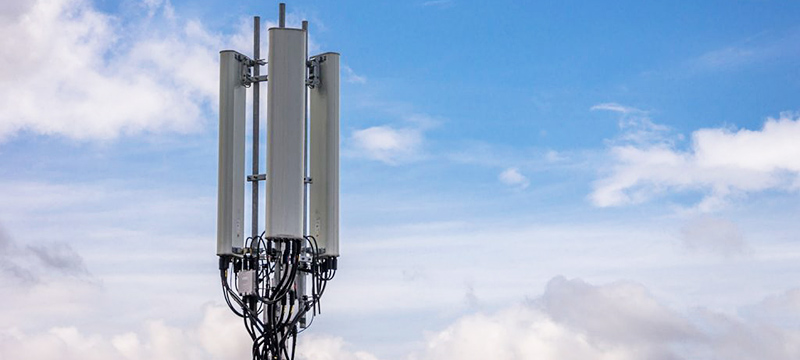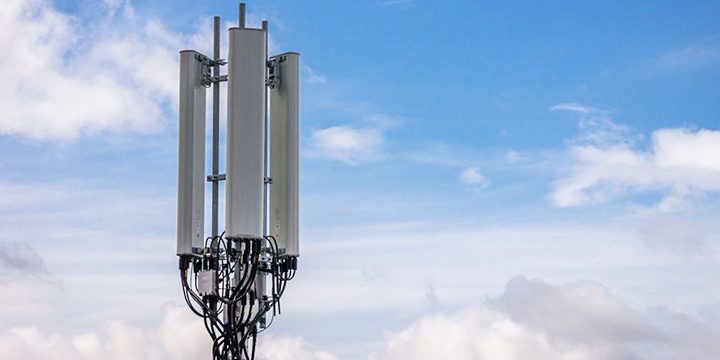
The new way of connecting smart sensors fills out Vodafone’s Internet of Things portfolio, ensuring there’s a connection method to suit every need.
Vodafone enables Long Term Evolution for Machines, an alternative Internet of Things service for customers to bring low-data use cases to life in an affordable way. New offering sits alongside 4G, 5G and Narrowband-IoT services, as well as the wider partner ecosystem, to enable Vodafone to work with any business – irrelevant of the technical requirements of the Internet of Things use case.Vodafone has enabled its Long Term Evolution for Machines (LTE-M) offering for business customers, also referred to as CAT-M, a complementary Internet of Things (IoT) service focusing on low-powered, low-data use cases.
LTE-M is designed for IoT services that are not connected to mains electricity and only transmit small amounts of data. Due to these requirements, the IoT devices need a connectivity service that is fit-for-purpose.
Nick Gliddon, Business Director, Vodafone UK, said: “When you have a data-led business, decisions are driven by insight not by assumption. IoT has the potential to revolutionise business, but we must make it accessible to all.”
“The power of LTE-M is the ability to choose the right tools for the right job. 5G might be the right choice for some IoT use cases, whereas LTE-M might be better for others.”
“By enabling LTE-M to sit alongside 4G, 5G and NB-IoT, we are providing a technology-agnostic solution for customers. This is about picking the right solution, at the right price point.”
Completing the IoT portfolio
While 4G and 5G solutions are available for IoT use cases that require high data throughput, constant connectivity and low latency to respond in micro- or milliseconds, LTE-M and NB-IoT are designed for low data throughput and non-time sensitive use cases. LTE-M can provide continuous connectivity and low latency services in some scenarios, but only to facilitate small data batches.
LTE-M and NB-IoT differ in their typical download/upload speeds (300 kbps and 20 kbps respectively). NB-IoT is optimised for difficult to reach locations and batch data upload (such as underground water pipes or smart meters in basements), while LTE-M is optimised for mobility (such as asset tracking and wearable devices) and event-based connectivity.
Similar to NB-IoT, LTE-M is a Low Powered, Wide Area Network (LPWAN) technology. This not only means its signal travels further than 4G and 5G signals. It is also designed to preserve the battery life of the devices themselves. LPWAN technology can allow IoT devices to operate reliably for up to 10 years on a single battery charge.
What IoT service is right for different use cases?
Building the business case for IoT
With Vodafone able to offer LTE-M, NB-IoT, 4G and 5G IoT connectivity to customers, there is a technology solution available for every type of use case and every customer’s needs. Vodafone can also support customers on a wider digital transformation journey, thanks to investments in other technology segments (such as Mobile Private Networks and Multi-access Edge Compute), as well as developing partner ecosystems to help create applications and services.
All Vodafone IoT customers also gain access to Vodafone’s own Managed IoT Connectivity Platform to provide intelligence into how devices are performing with advanced service diagnostic and analytics tools to manage operations in real-time, as well as a range of APIs to integrate with customer backend IT systems.
Customers can also leverage Vodafone’s global network presence, and its relationships with roaming and technology providers to create a single interface to the world of IoT connectivity. With 1,400 dedicated IoT professionals across five continents, supporting 160 million IoT connections, Vodafone can support all use cases from local to multi-national.
The post Vodafone adds LTE-M to IoT portfolio appeared first on IoT Business News.


More Stories
Cellular IoT connectivity revenues reached € 12.4 billion in 2023
Digital Matter Enables Global Visibility for Supply Chain and Logistics GPS Tracking
Skylo and Particle Unlock Satellite Connectivity Access for IoT Developers